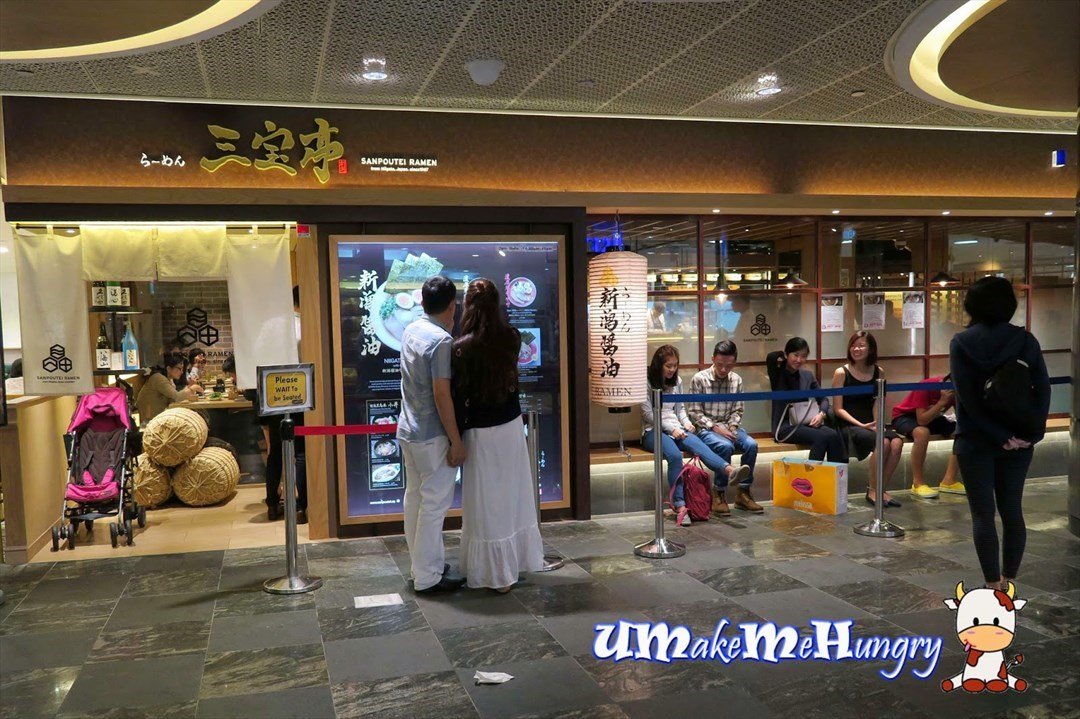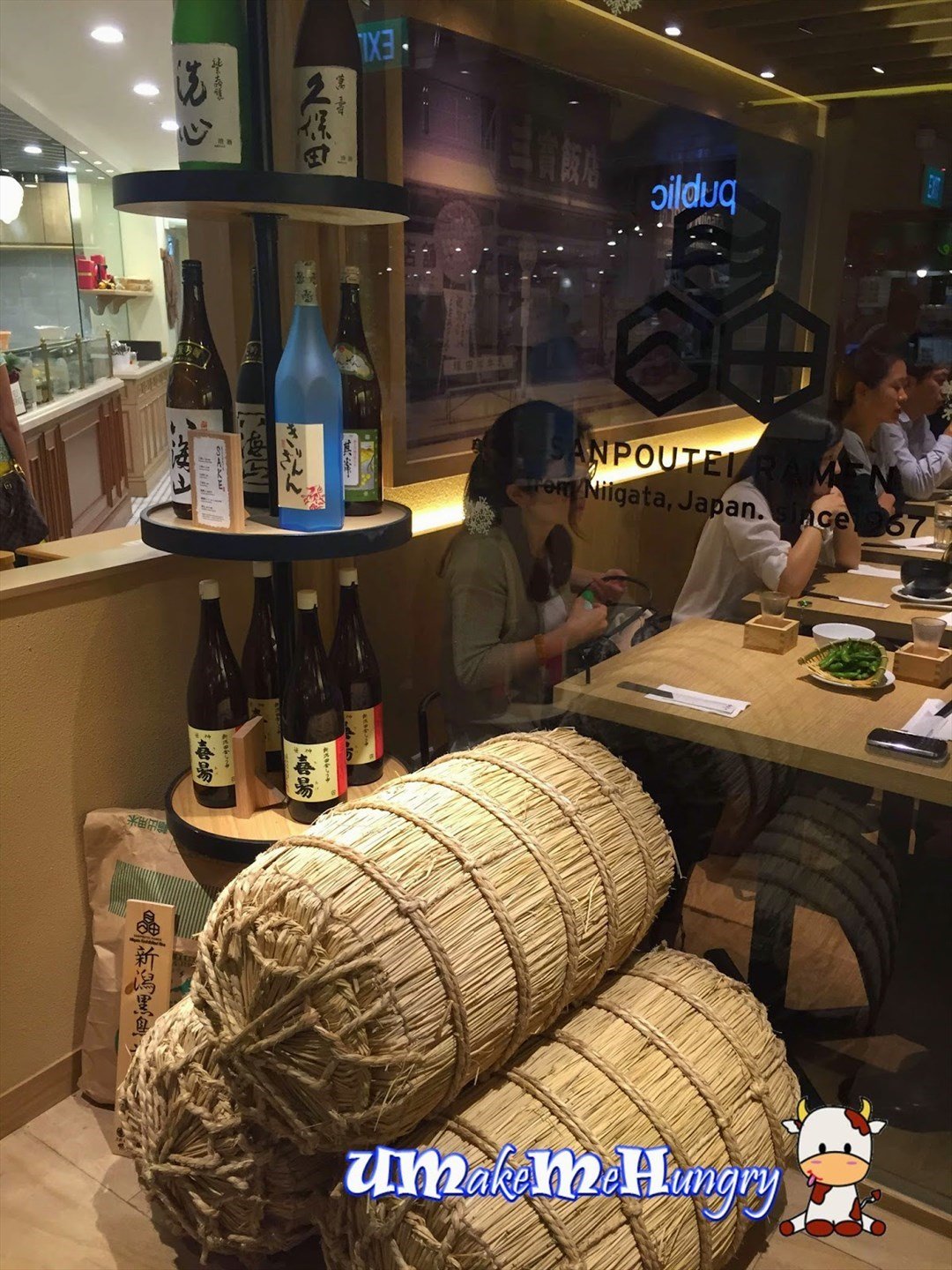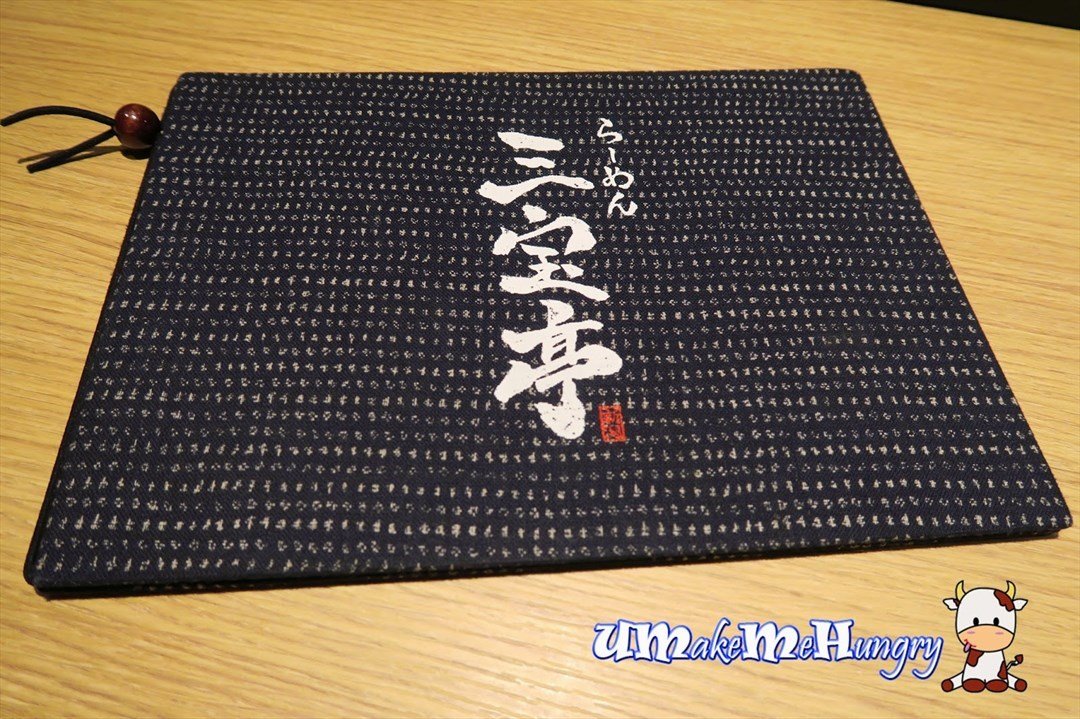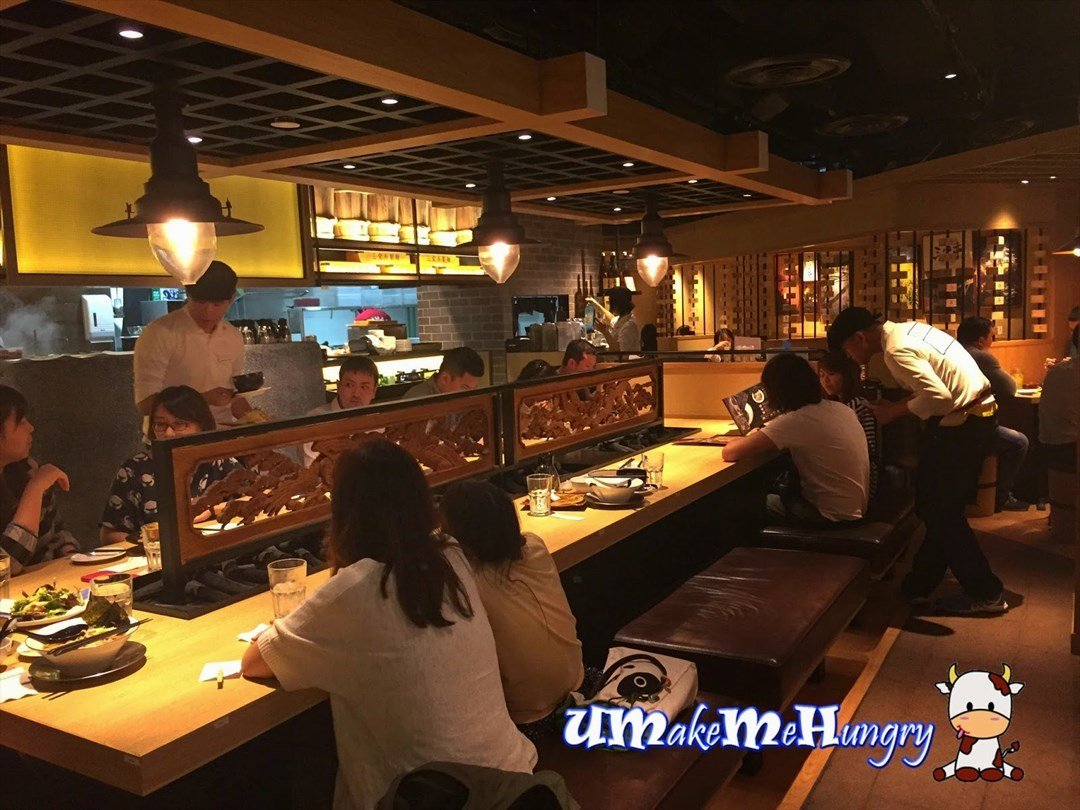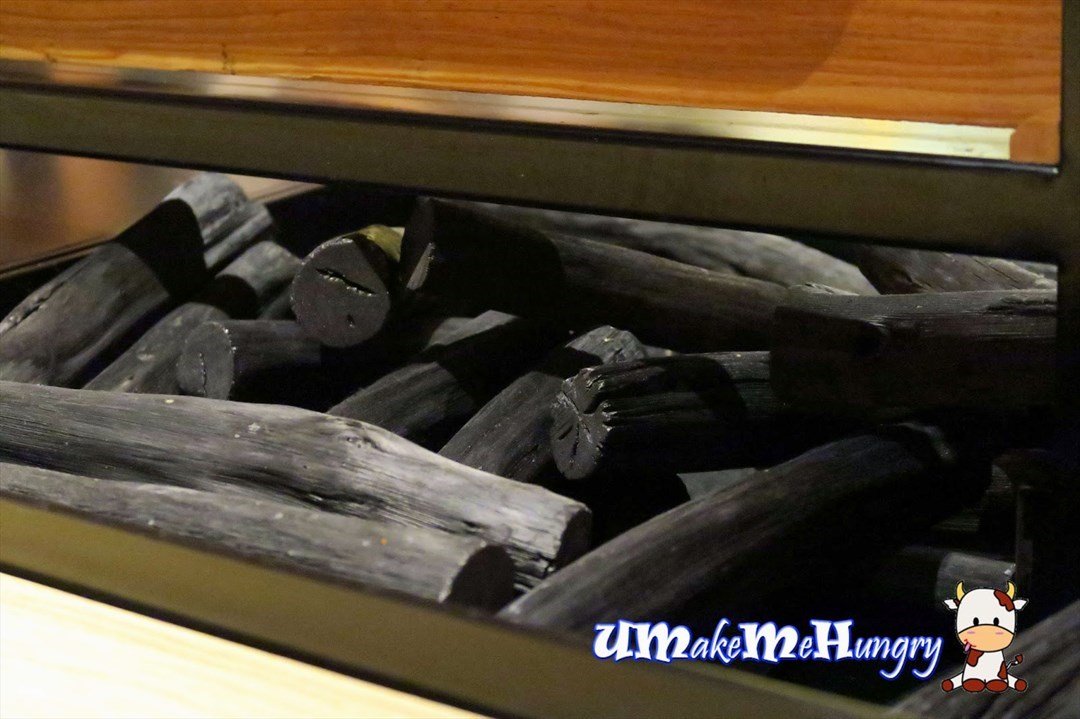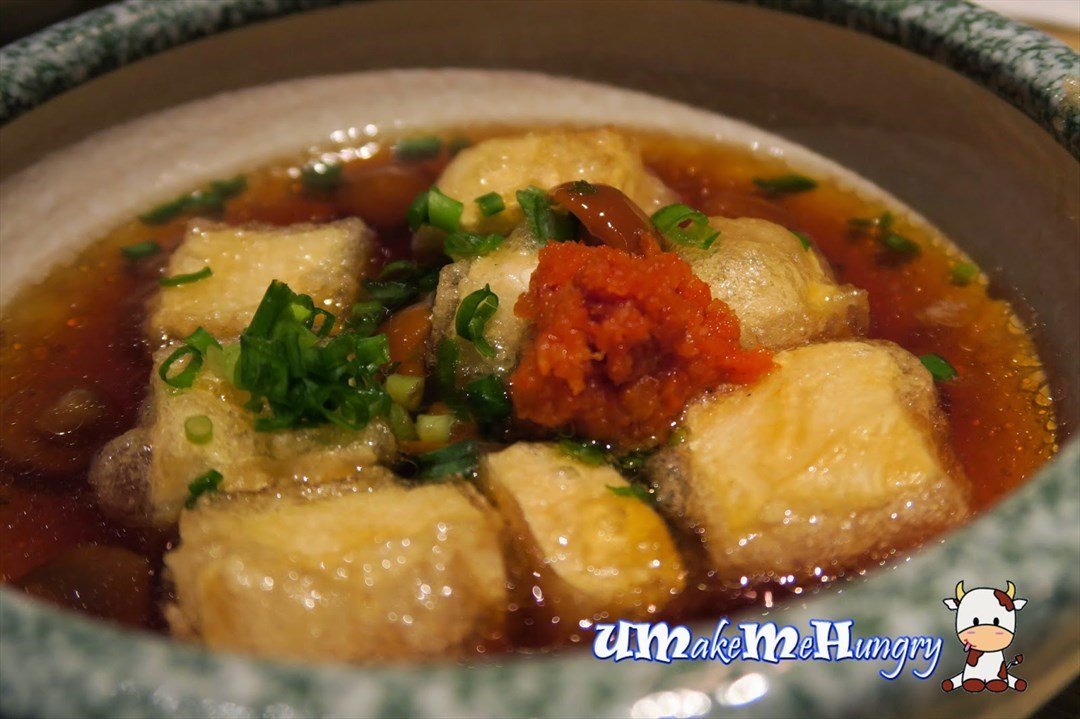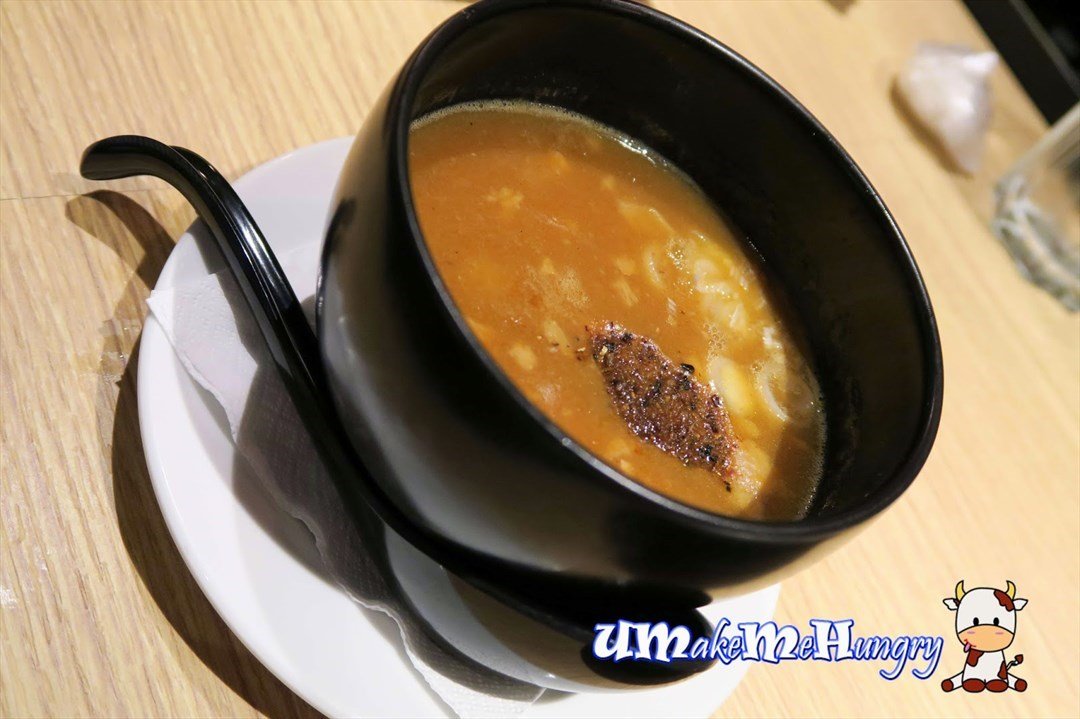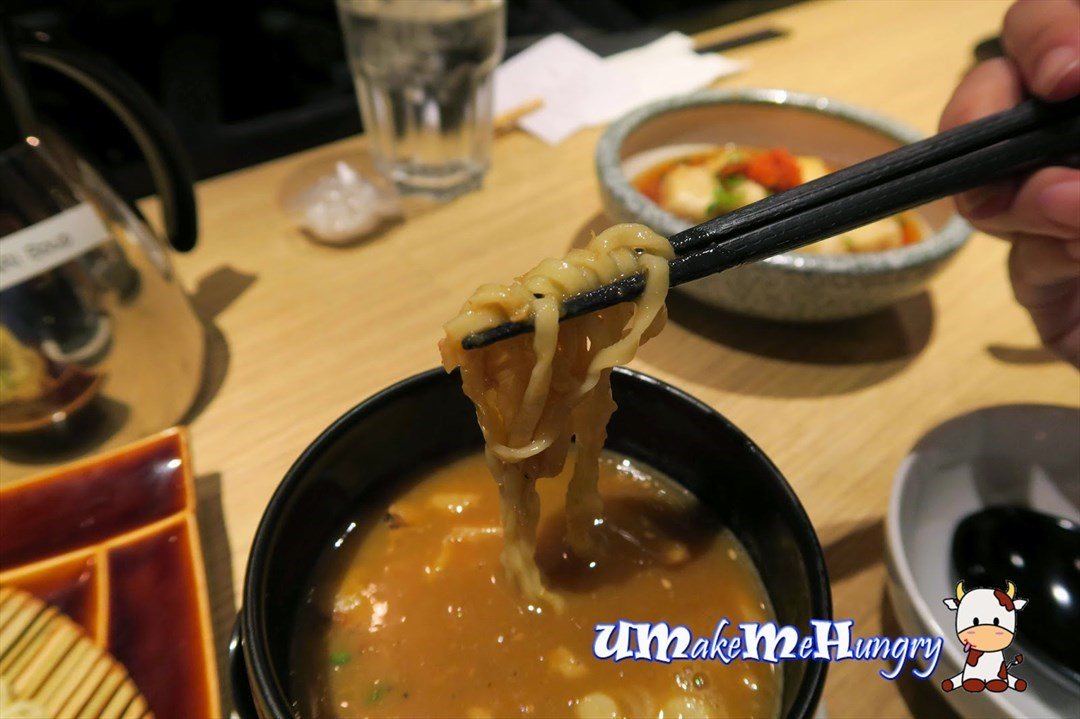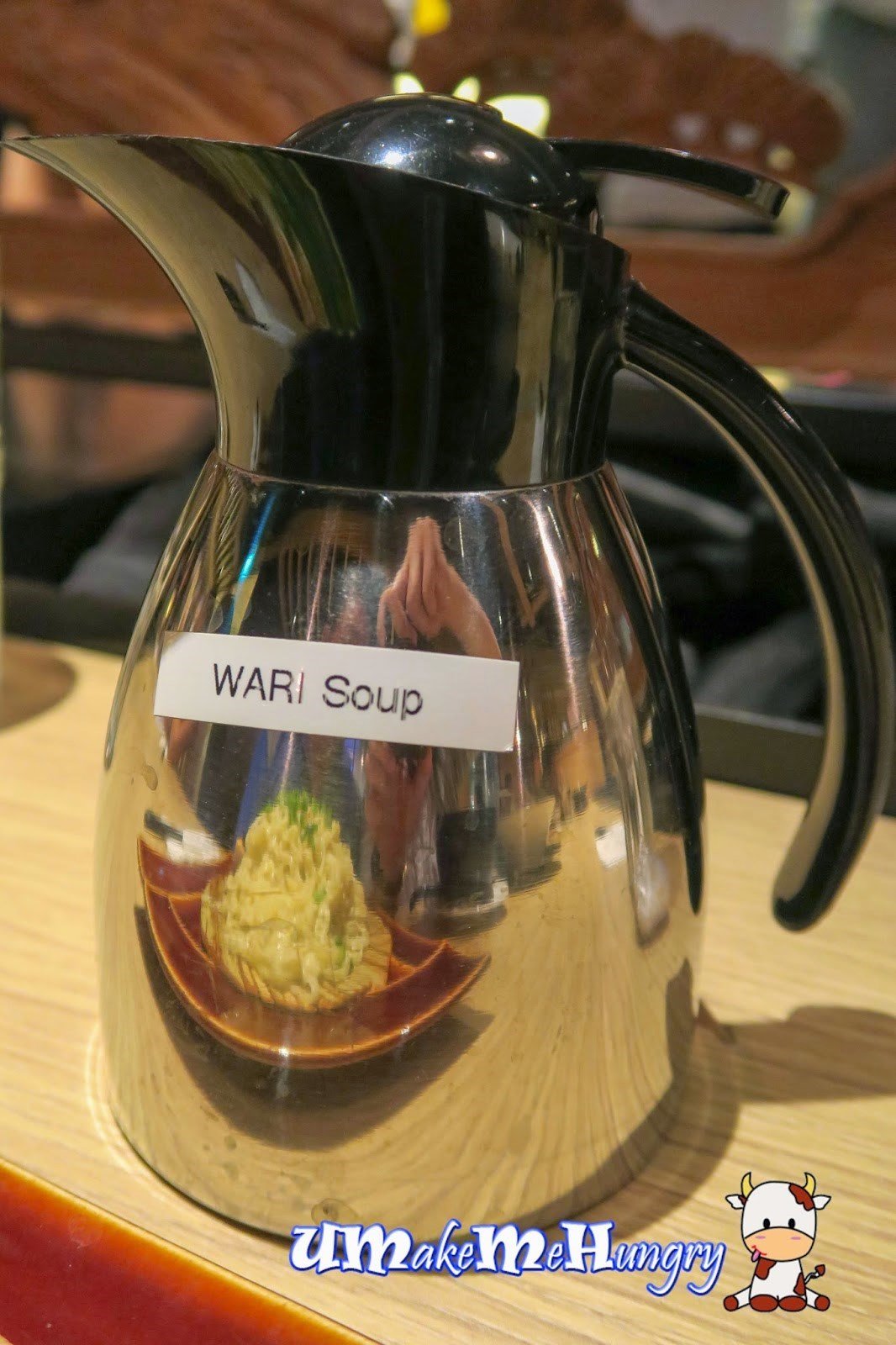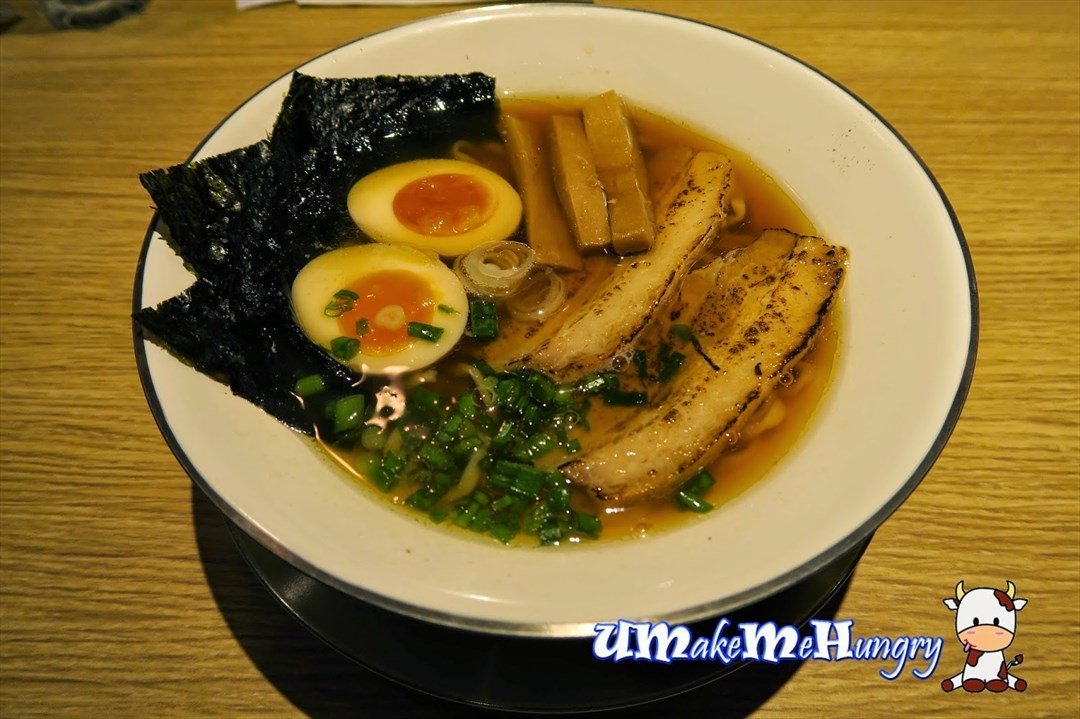Read full review
2016-02-14
181 views
For more food reviews, please visit my blog: http://shokushisouseikatsu.blogspot.com/Ramen lovers like me are in for a treat with more and more ramen brands coming to Singapore, each offering their unique concoctions. One biggest grouse I have though is that the ramen places that I like don't have a branch in my neighbourhood so I always have to travel to town just to get my ramen fix. Of course, there are some ramen brands which have made inroads into the housing estates but most tend to limit
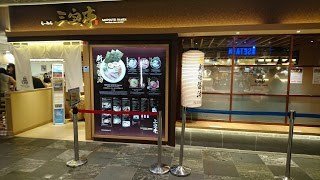 For more food reviews, please visit my blog: http://shokushisouseikatsu.blogspot.com/
For more food reviews, please visit my blog: http://shokushisouseikatsu.blogspot.com/Ramen lovers like me are in for a treat with more and more ramen brands coming to Singapore, each offering their unique concoctions. One biggest grouse I have though is that the ramen places that I like don't have a branch in my neighbourhood so I always have to travel to town just to get my ramen fix. Of course, there are some ramen brands which have made inroads into the housing estates but most tend to limit their expansions to various spots within the city area.
Sanpoutei Ramen has been around since 1967 and comes from Niigata, Japan which is usually more well-known for its Koshihikari rice and sake. As such, I was curious how the ramen from Niigata would taste like and decided to give this a try.
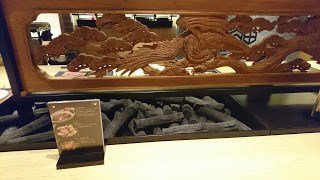 Upon entering the restaurant, there are two types of seats i.e. the table seats and those at a long rectangular table at the centre of the restaurant. In the middle lies a charcoal fireplace which is of course meant for ornamental purposes and a wooden screen which has a warm feel (perhaps because Niigata is well-known for it being a region with heavy snowfall) and offers some privacy from fellow customers which are seated across you at the same table. For people who dine alone, you don't have to feel self-conscious compared to when you occupy a table seat. Besides, it is easy to observe from these seats how the staff prepare the ramen since you can see the noodles preparation room and kitchen clearly which offers some "entertainment" while you wait for the ramen to be served.
Upon entering the restaurant, there are two types of seats i.e. the table seats and those at a long rectangular table at the centre of the restaurant. In the middle lies a charcoal fireplace which is of course meant for ornamental purposes and a wooden screen which has a warm feel (perhaps because Niigata is well-known for it being a region with heavy snowfall) and offers some privacy from fellow customers which are seated across you at the same table. For people who dine alone, you don't have to feel self-conscious compared to when you occupy a table seat. Besides, it is easy to observe from these seats how the staff prepare the ramen since you can see the noodles preparation room and kitchen clearly which offers some "entertainment" while you wait for the ramen to be served.
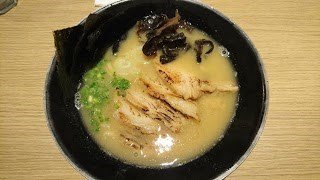 There are four main types of ramen offered here i.e. the Niigata shoyu ramen (soy sauce base), rich tori x miso ramen, rich tori x spicy-miso ramen and W soup tonkotsu ramen (pork bone base). W soup actually means double soup and refers to the fact that there are two types of soup being blended together to form the broth in this ramen. As the name suggests, there is tonkotsu soup made from simmering tonkotsu for 12 hours plus rich tori soup (made from chicken) to form the thick broth as seen from the photo. Honestly speaking, I was a bit taken aback when I saw the soup and wondered if it was going to be too thick and salty for me.
There are four main types of ramen offered here i.e. the Niigata shoyu ramen (soy sauce base), rich tori x miso ramen, rich tori x spicy-miso ramen and W soup tonkotsu ramen (pork bone base). W soup actually means double soup and refers to the fact that there are two types of soup being blended together to form the broth in this ramen. As the name suggests, there is tonkotsu soup made from simmering tonkotsu for 12 hours plus rich tori soup (made from chicken) to form the thick broth as seen from the photo. Honestly speaking, I was a bit taken aback when I saw the soup and wondered if it was going to be too thick and salty for me.I ordered the W soup tonkotsu ramen with extra aburi chashu (5 pieces) which comes with everything as per the full set except for the egg. As I mentioned above, I had misgivings about the soup initially but to my surprise, it was not as salty as I thought and the rich-bodied soup was so flavourful and had a nice aroma. Considering that both the tonkotsu and the rich tori soup should be quite concentrated, I was amazed by how light it was on my palate. However, for people who prefer lighter soups such as shoyu, you might not be used to seeing your soup being this thick and slightly gooey as you get to the bottom of the bowl.
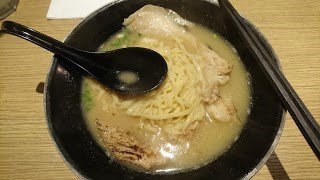 As for the noodles, the type used at Sanpoutei is a bit different from the usual thin vs. thick noodles or round vs. flat noodles. It's actually flat noodles being slightly thicker than mee pok but not as broad in terms of width. I tend to prefer the thick curly noodles used in Hokkaido-style ramen rather than the thin straight noodles in Kyushu-style ramen but there are times where I would wish for the best of both worlds i.e. curly noodles which can absorb the soup well but not too thick. Surprisingly, Sanpoutei has a nice hybrid which I like where the noodles absorbs the thick broth well and yet is not too lumpy. It's great to finally find something which suits my preferences.
As for the noodles, the type used at Sanpoutei is a bit different from the usual thin vs. thick noodles or round vs. flat noodles. It's actually flat noodles being slightly thicker than mee pok but not as broad in terms of width. I tend to prefer the thick curly noodles used in Hokkaido-style ramen rather than the thin straight noodles in Kyushu-style ramen but there are times where I would wish for the best of both worlds i.e. curly noodles which can absorb the soup well but not too thick. Surprisingly, Sanpoutei has a nice hybrid which I like where the noodles absorbs the thick broth well and yet is not too lumpy. It's great to finally find something which suits my preferences.As for the aburi chashu, I was a bit concerned that it might be a bit too dry due to the grilling. However, the chashu had a fine balance of meat and fat which probably helped in it retaining a certain degree of moisture thus preventing the chashu from being too tough. I also liked the fact that the chashu was tender enough to be easily split into smaller pieces with just the chopsticks and seasoned in such a way that it went well with the soup.
 It's a bit of a disappointment that there was no gyoza to order here but there are various small bites like mini-don, salad, rice rolls and fried chicken offered. I chose the Sanpoutei deep fried spring chicken with oroshi yuzu ponzu sauce. With regard to the karaage, I thought it was a bit tough because breast meat seemed to be used in this dish which doesn't turn out very well when deep fried since there isn't a lot of fat in this part of the chicken. The thigh portion turns out better when used in a dish like this but unfortunately, not every place uses this. Luckily, the oroshi with yuzu ponzu sauce and the vegetables helped in accentuating the taste of the fried chicken and made it a bit more moist and savoury than if it was just plain karaage being served.
It's a bit of a disappointment that there was no gyoza to order here but there are various small bites like mini-don, salad, rice rolls and fried chicken offered. I chose the Sanpoutei deep fried spring chicken with oroshi yuzu ponzu sauce. With regard to the karaage, I thought it was a bit tough because breast meat seemed to be used in this dish which doesn't turn out very well when deep fried since there isn't a lot of fat in this part of the chicken. The thigh portion turns out better when used in a dish like this but unfortunately, not every place uses this. Luckily, the oroshi with yuzu ponzu sauce and the vegetables helped in accentuating the taste of the fried chicken and made it a bit more moist and savoury than if it was just plain karaage being served.On the whole, I like the ramen served here at Sanpoutei although I felt that the small bites selection is not as appealing to me. I think I'll be back for another visit pretty soon to try out the other types of soup bases.
Post
 Video
Video

